Nvidia RTX 5070 Ti vs. AMD RX 9070 XT: Battle of the Titans
- By David
- May 13,2025
The Nvidia GeForce RTX 5090 may reign supreme in the world of graphics cards, but its hefty $1,999+ price tag isn't within everyone's budget. Fortunately, you don't need to break the bank to enjoy 4K gaming. The Nvidia GeForce RTX 5070 Ti and the AMD Radeon RX 9070 XT offer excellent alternatives that provide a top-notch 4K gaming experience at a more affordable price point.
Despite the current high prices due to high demand and limited supply following their launch, the RTX 5070 Ti and RX 9070 XT stand out as the go-to choices for gamers seeking a high-end gaming setup.
AMD Radeon RX 9070 XT – Photos
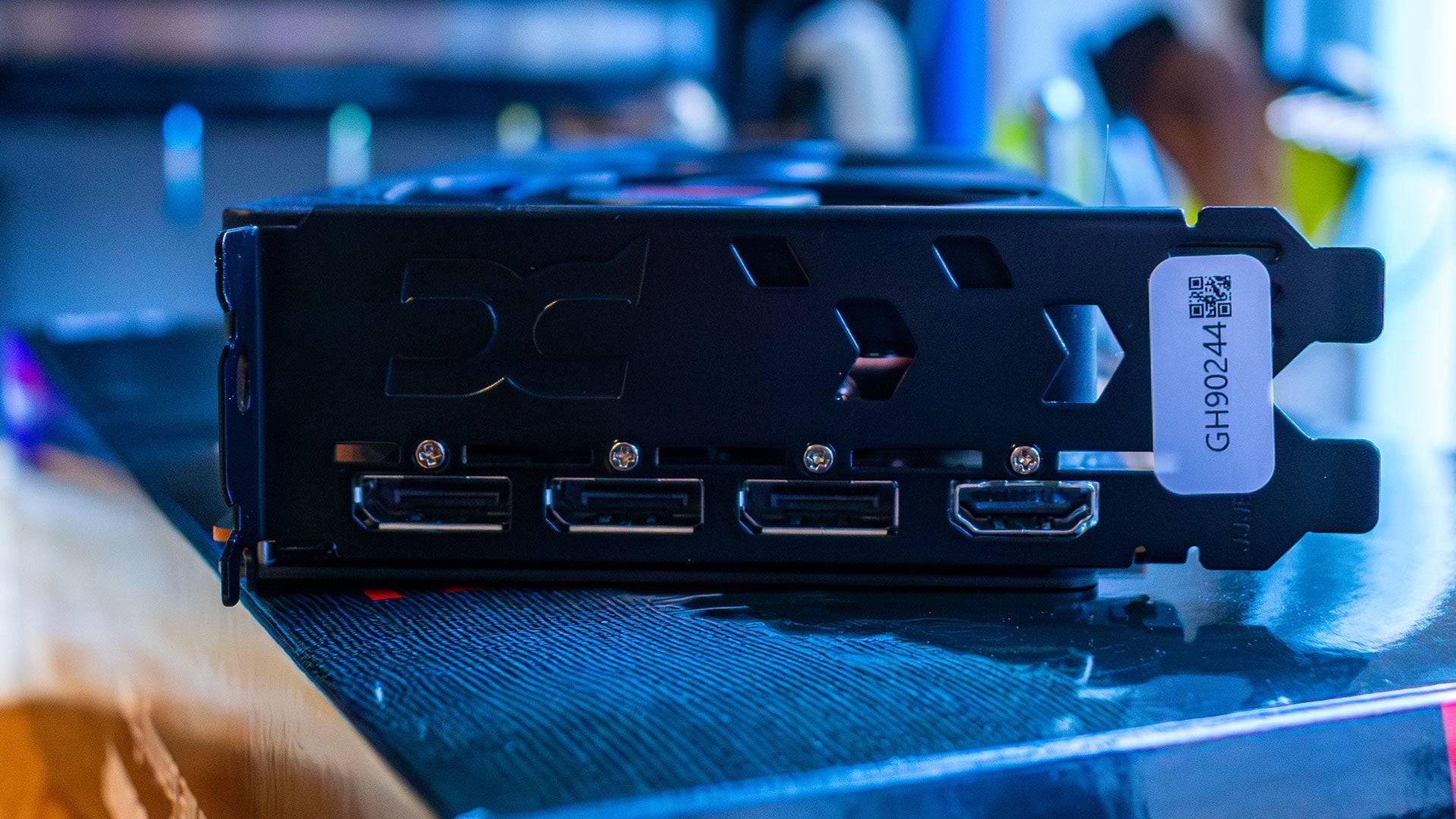
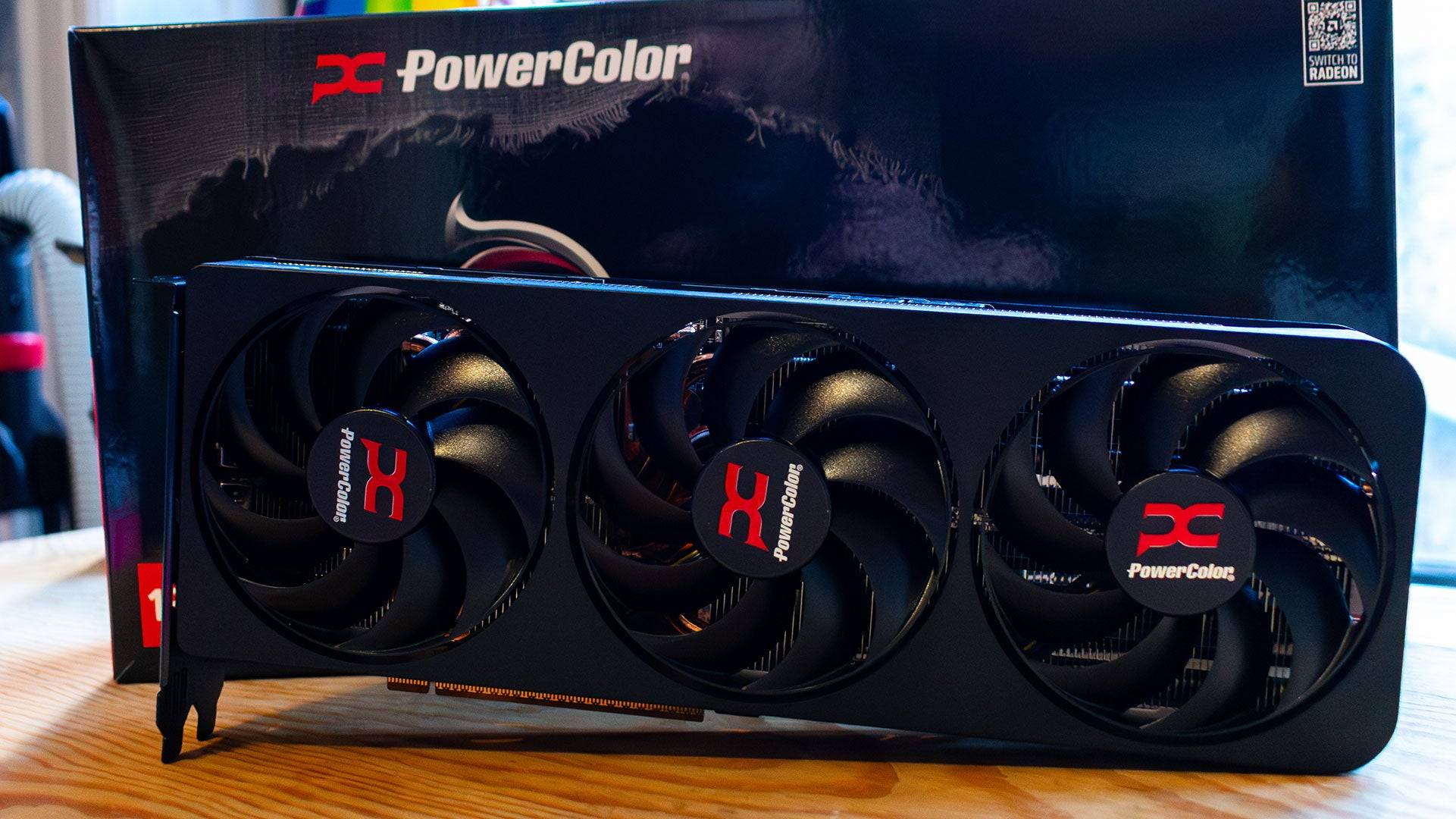 4 Images
4 Images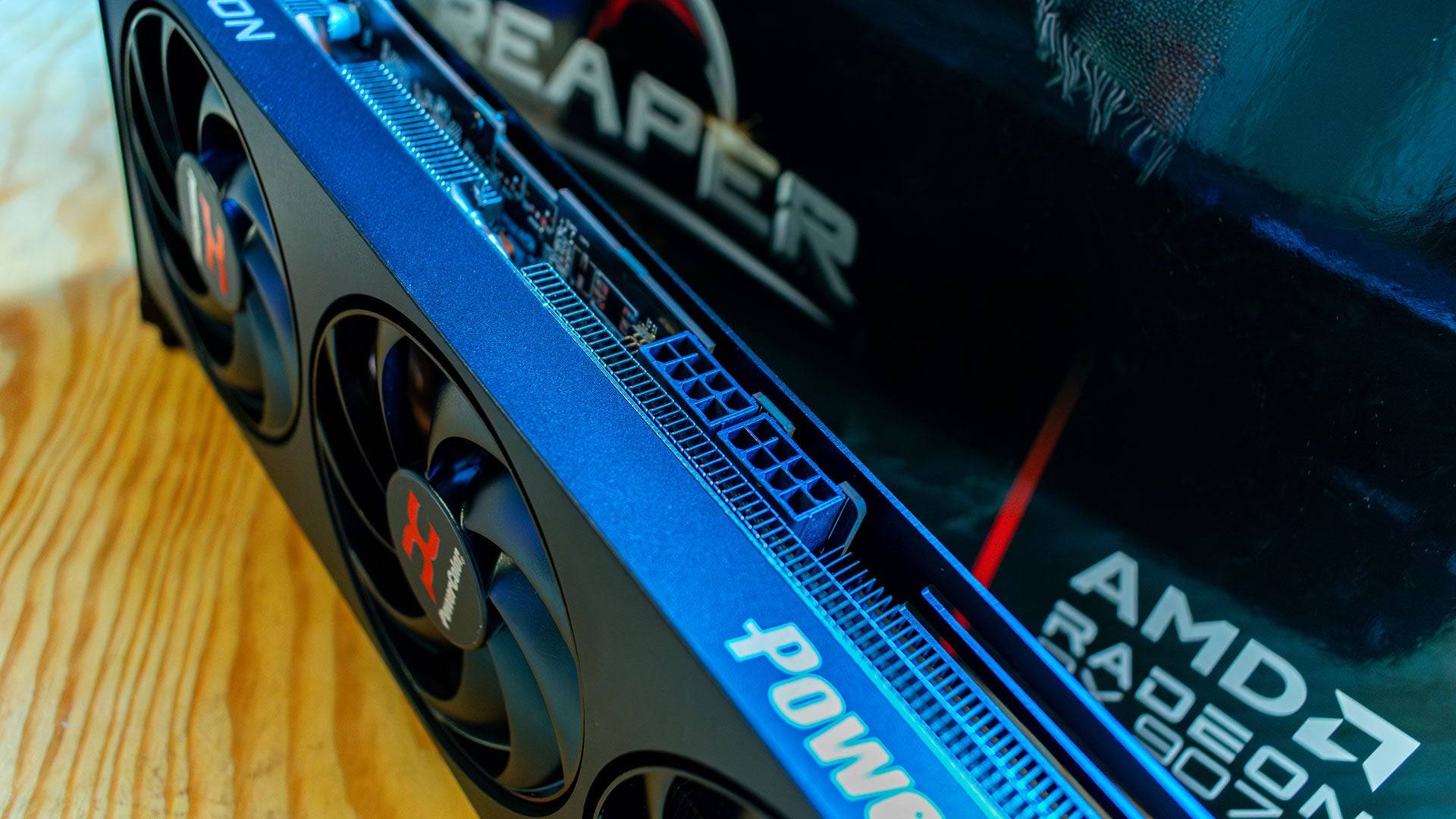
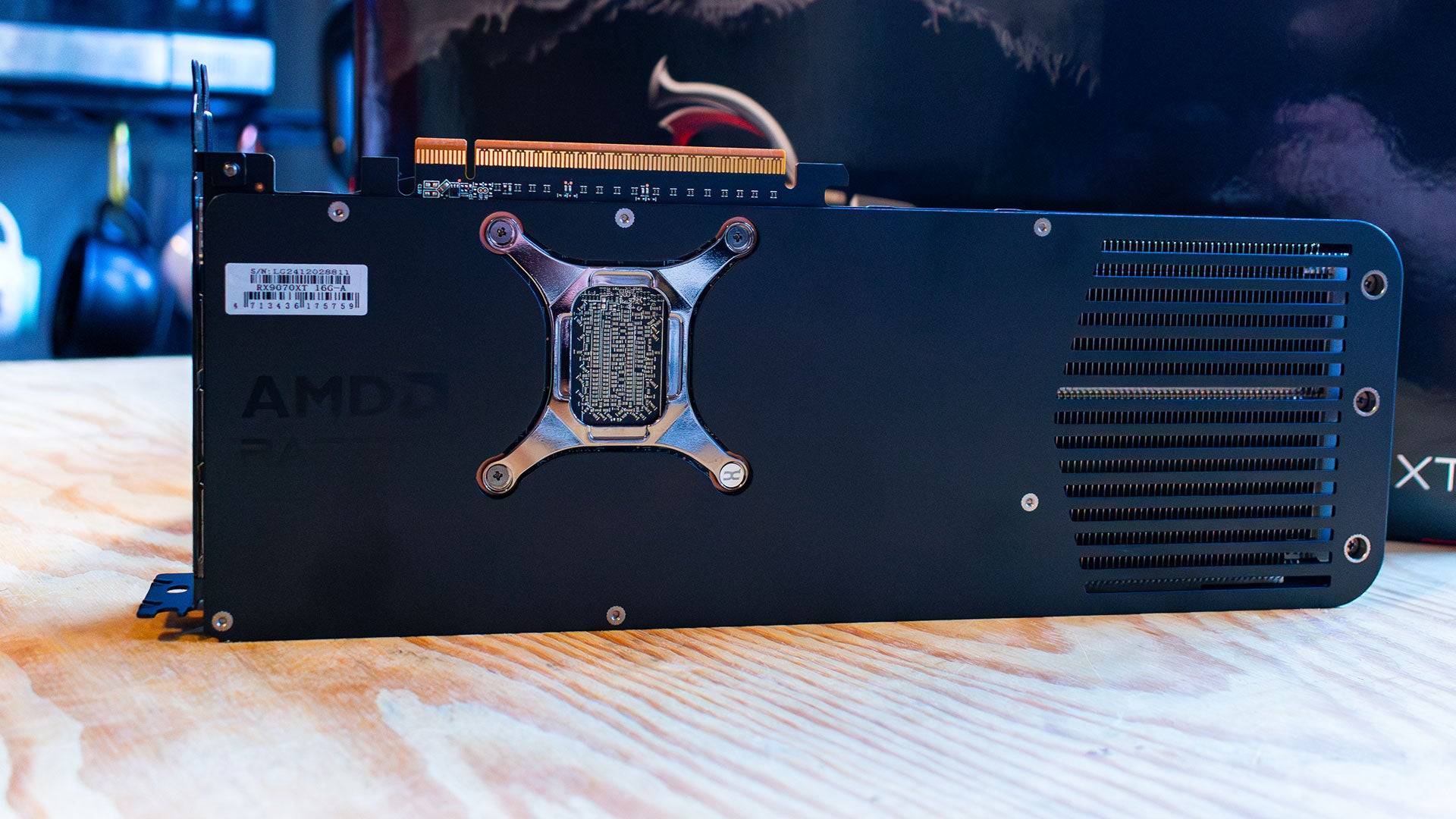
RTX 5070 Ti vs. RX 9070 XT: Specs
Comparing graphics cards with different architectures can be tricky. While Nvidia's CUDA cores and AMD's Shading Units are similar in function, they aren't directly comparable. The AMD Radeon RX 9070 XT features 64 RDNA 4 compute units, totaling 4,096 shader units, along with 128 AI Accelerators and 64 RT Accelerators. It's paired with 16GB of GDDR6 memory on a 256-bit bus, which is ample for current games but may face challenges at 4K in the future.
On the other hand, the Nvidia GeForce RTX 5070 Ti also boasts 16GB of memory but uses the newer GDDR7, which offers higher bandwidth. It's equipped with 70 Streaming Multiprocessors and 8,960 CUDA Cores. Despite having more shader units, this doesn't necessarily translate to double the performance.
Winner: Nvidia GeForce RTX 5070 Ti
AMD Radeon RX 9070 XT & 9070 – Benchmarks
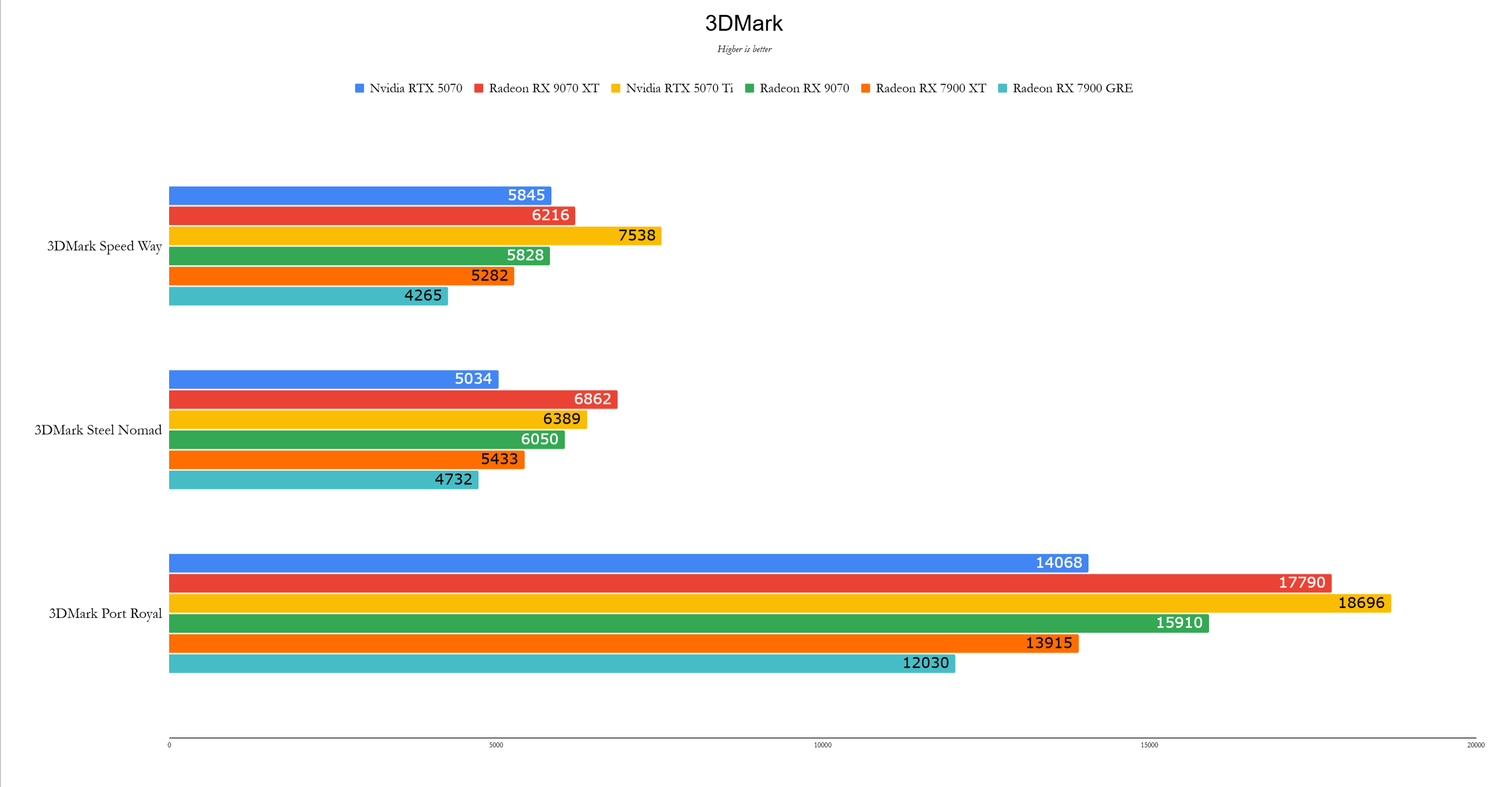
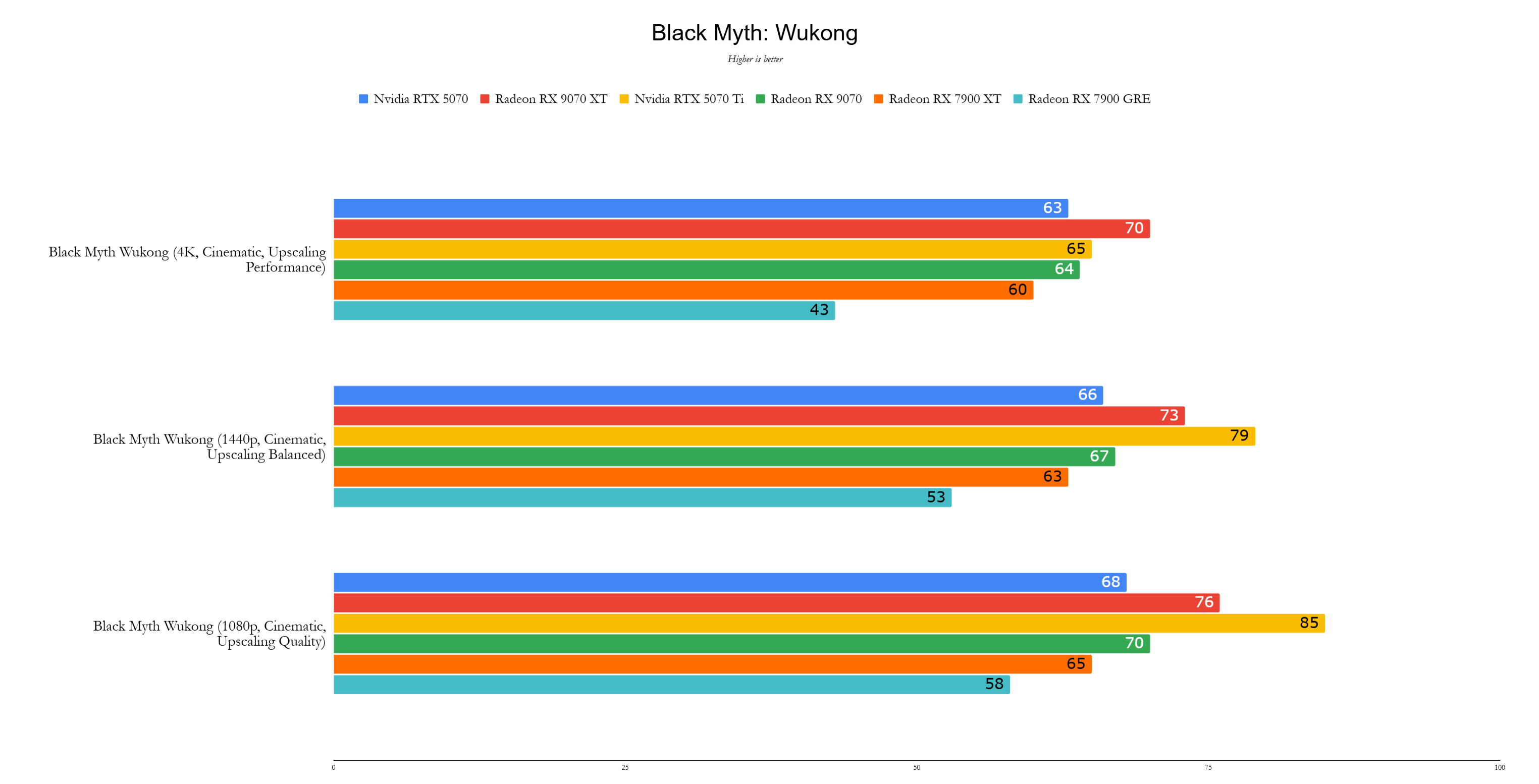 11 Images
11 Images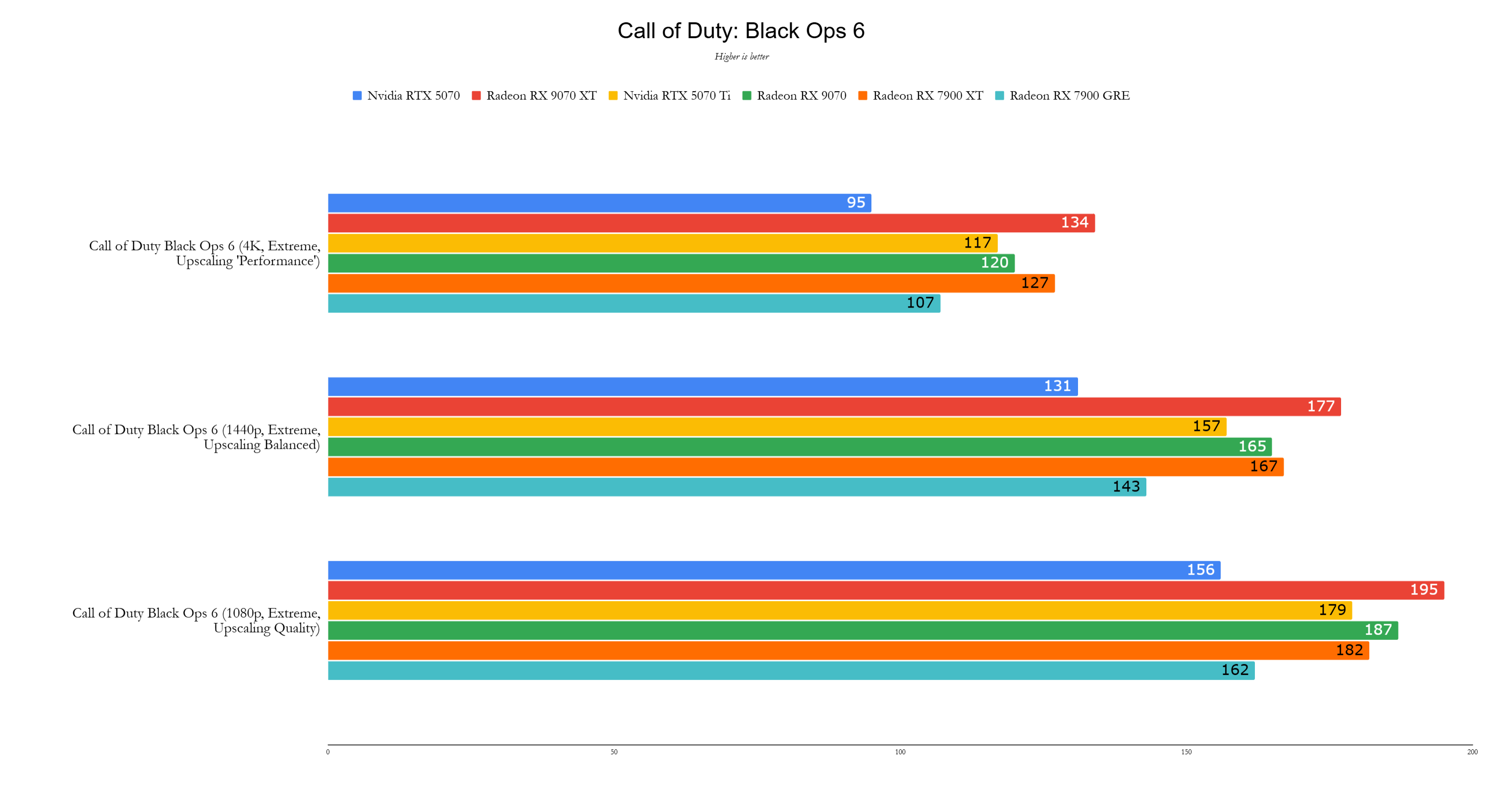
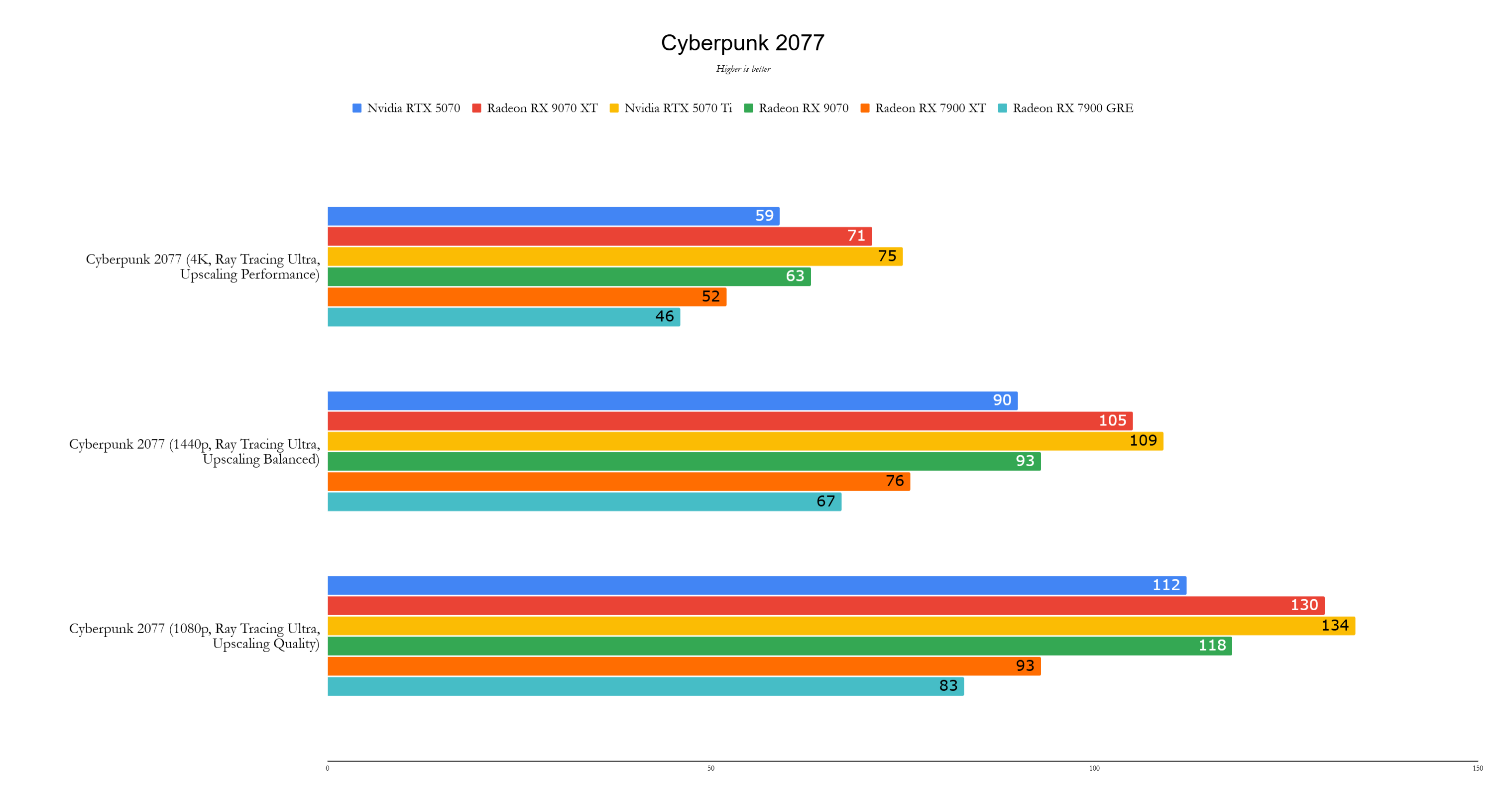
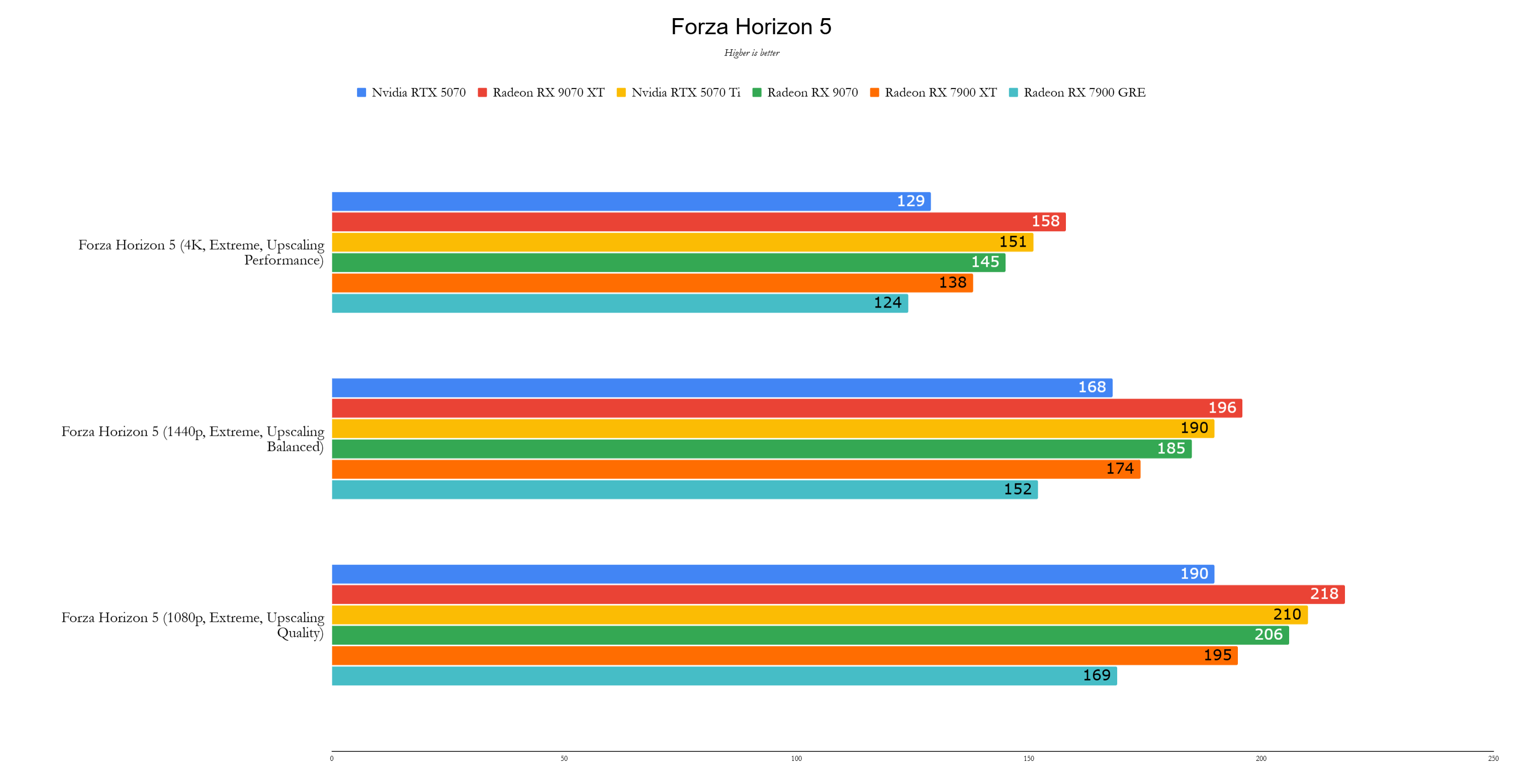
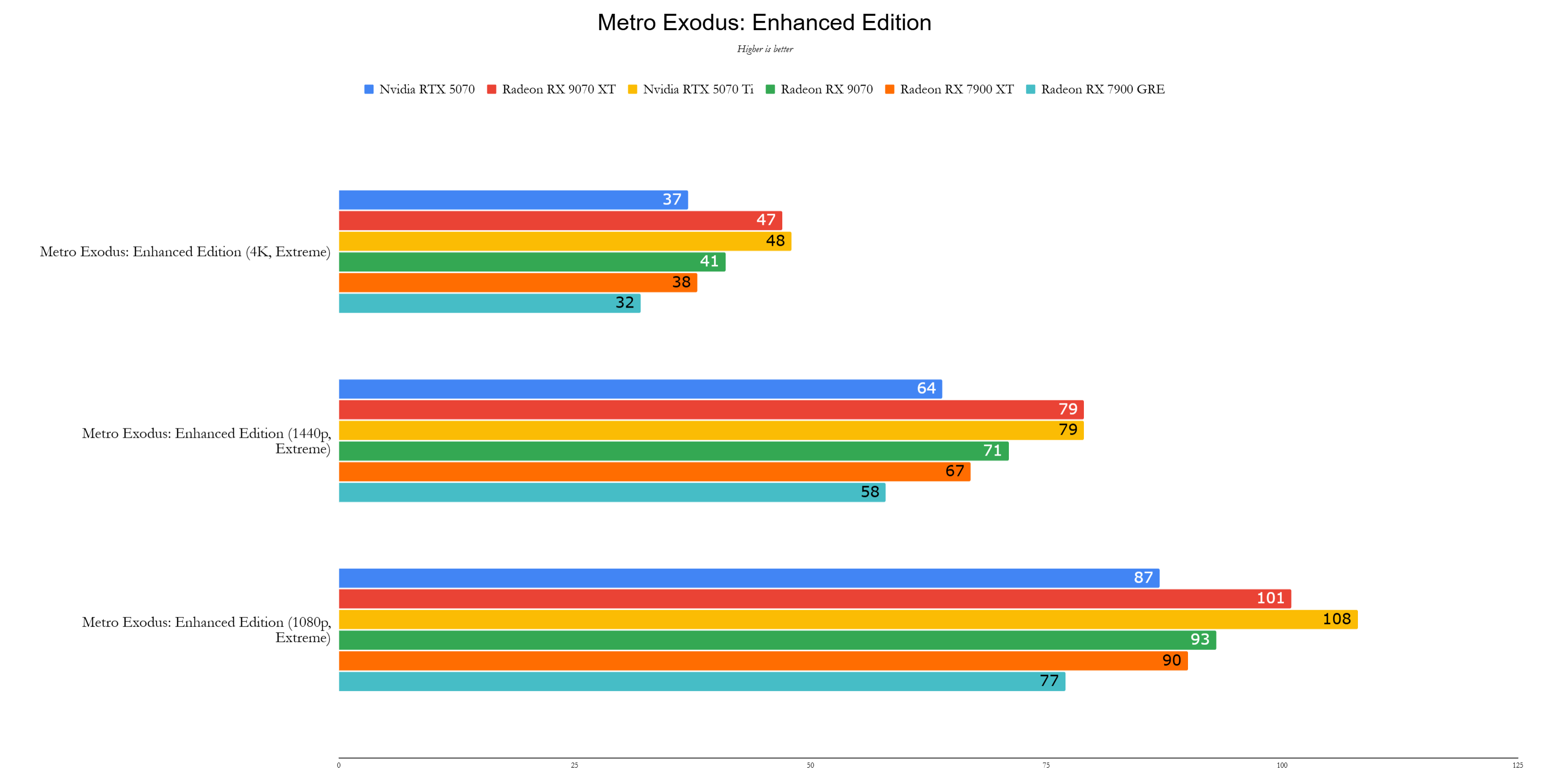
RTX 5070 Ti vs. RX 9070 XT: Performance
While the RTX 5070 Ti might appear superior on paper, the real-world performance tells a different story. Both cards excel at 4K gaming and are top contenders for 1440p gaming as well. My tests with the AMD Radeon RX 9070 XT showed it closely trailing the RTX 5070 Ti, even in ray tracing-intensive games like Cyberpunk 2077.
In some titles, like Total War: Warhammer 3, the RTX 5070 Ti edges out with 87fps at 4K compared to the RX 9070 XT's 76fps. However, the AMD card surprisingly averaged 2% faster overall, a significant advantage given its lower price.
Winner: AMD Radeon RX 9070 XT
Nvidia GeForce RTX 5070 Ti – Photos
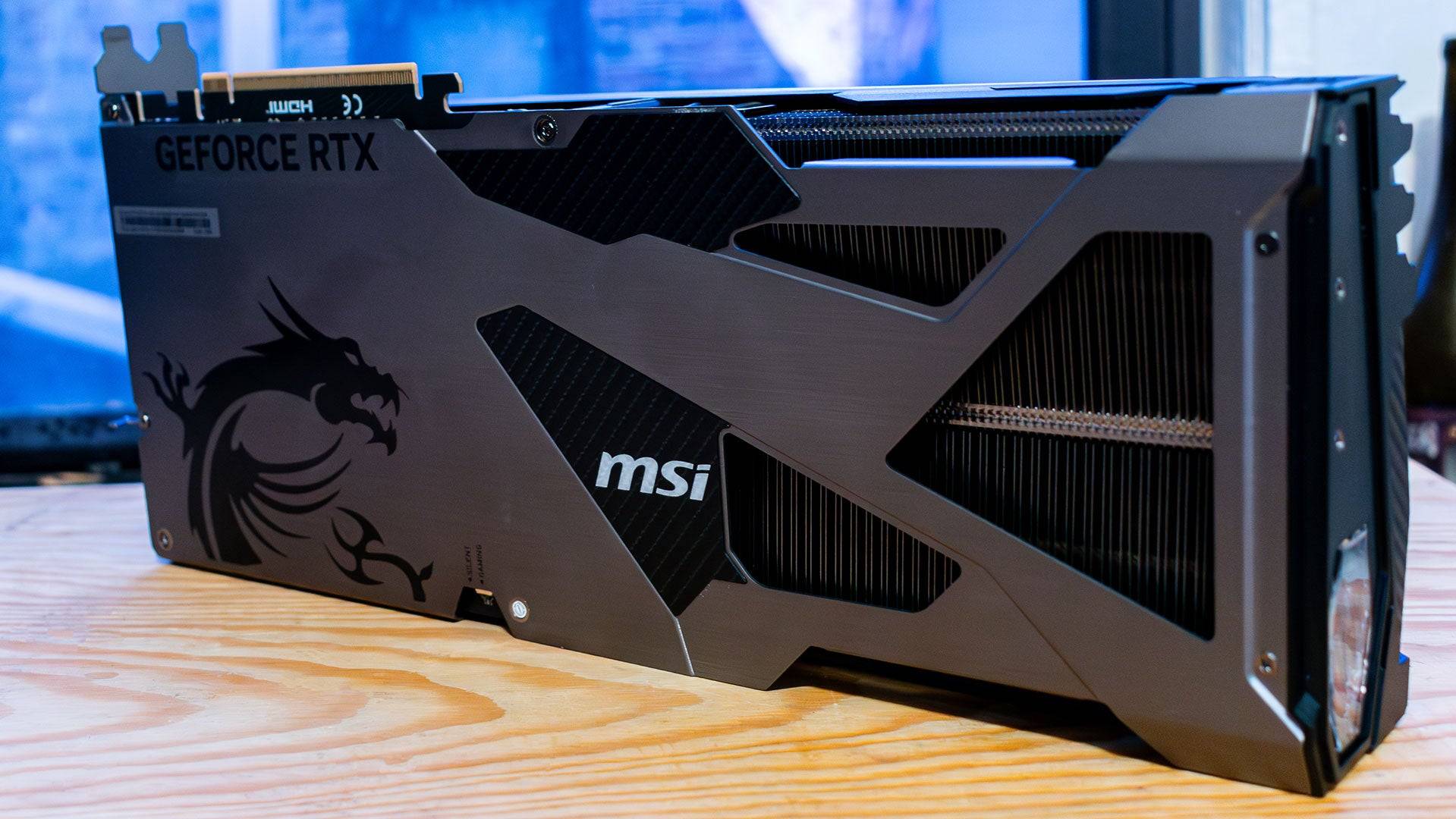
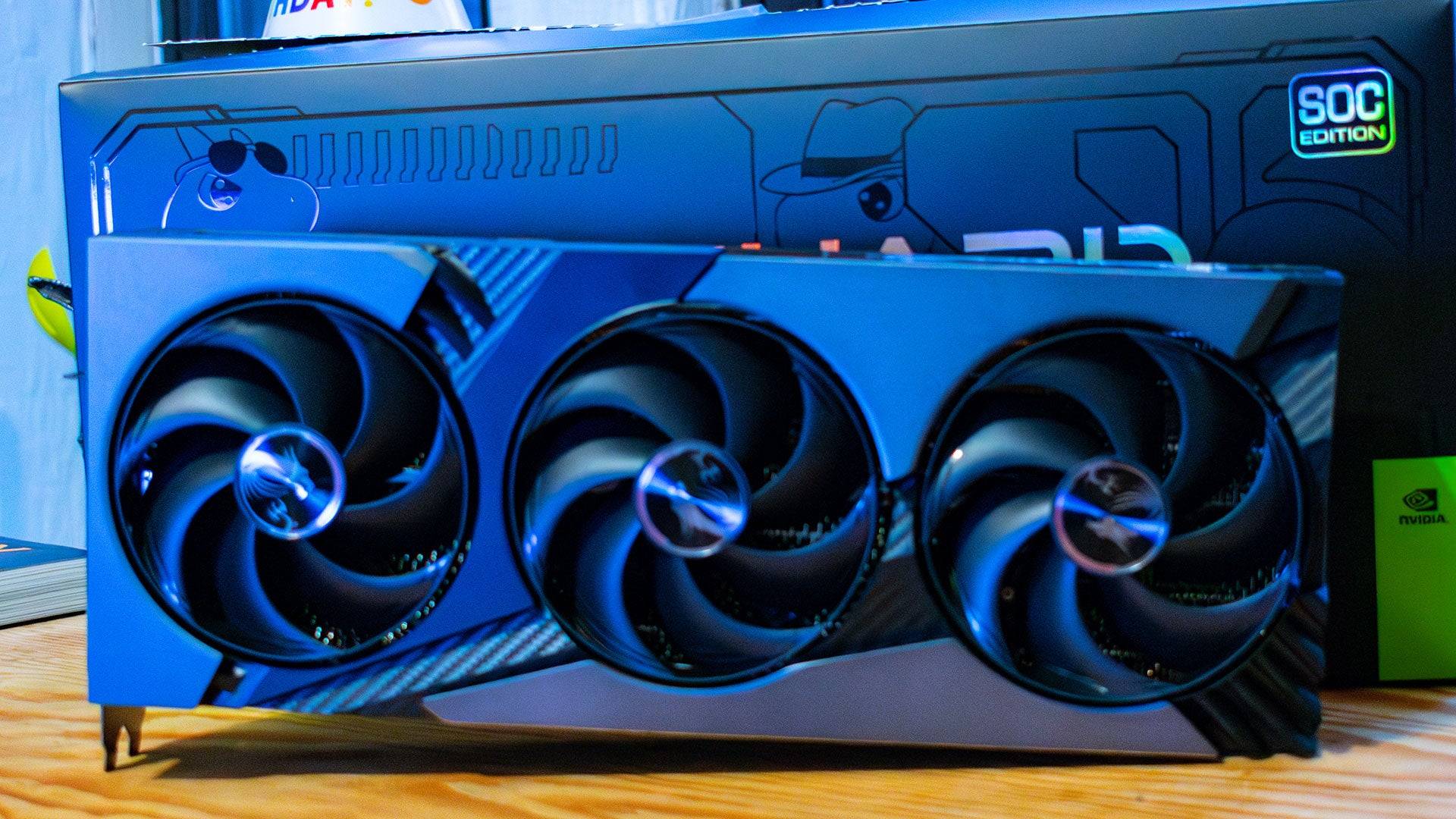 6 Images
6 Images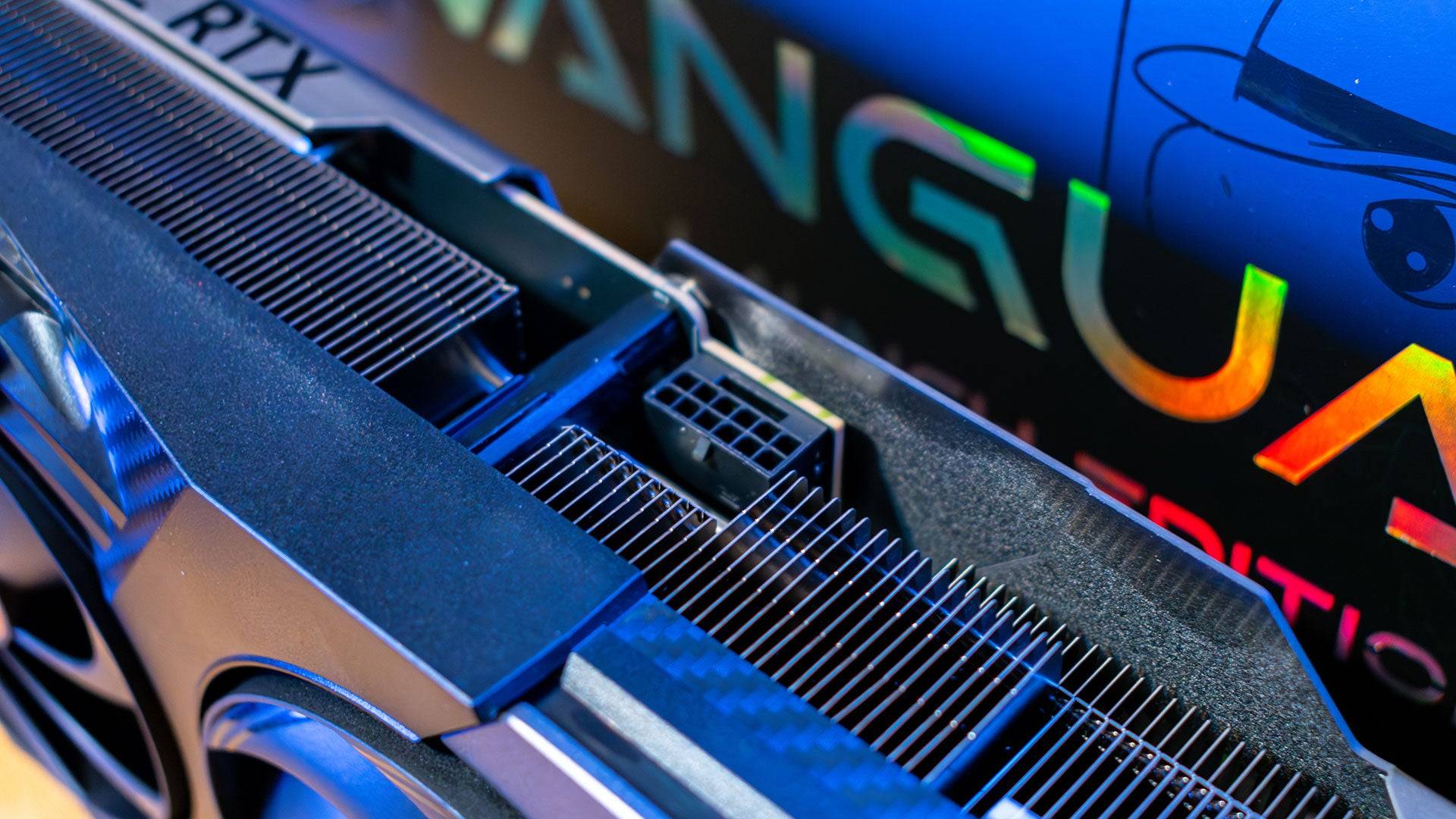
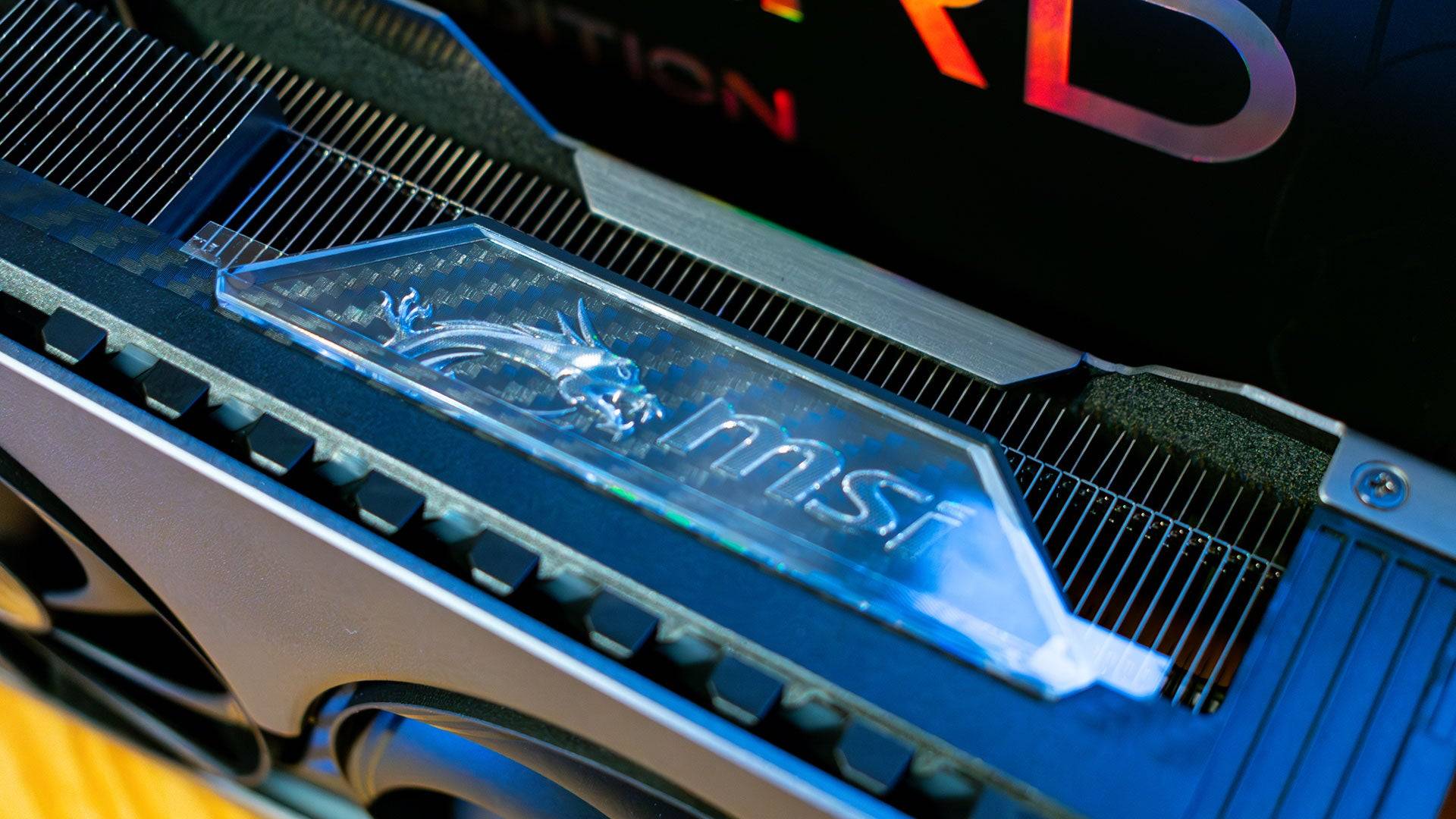
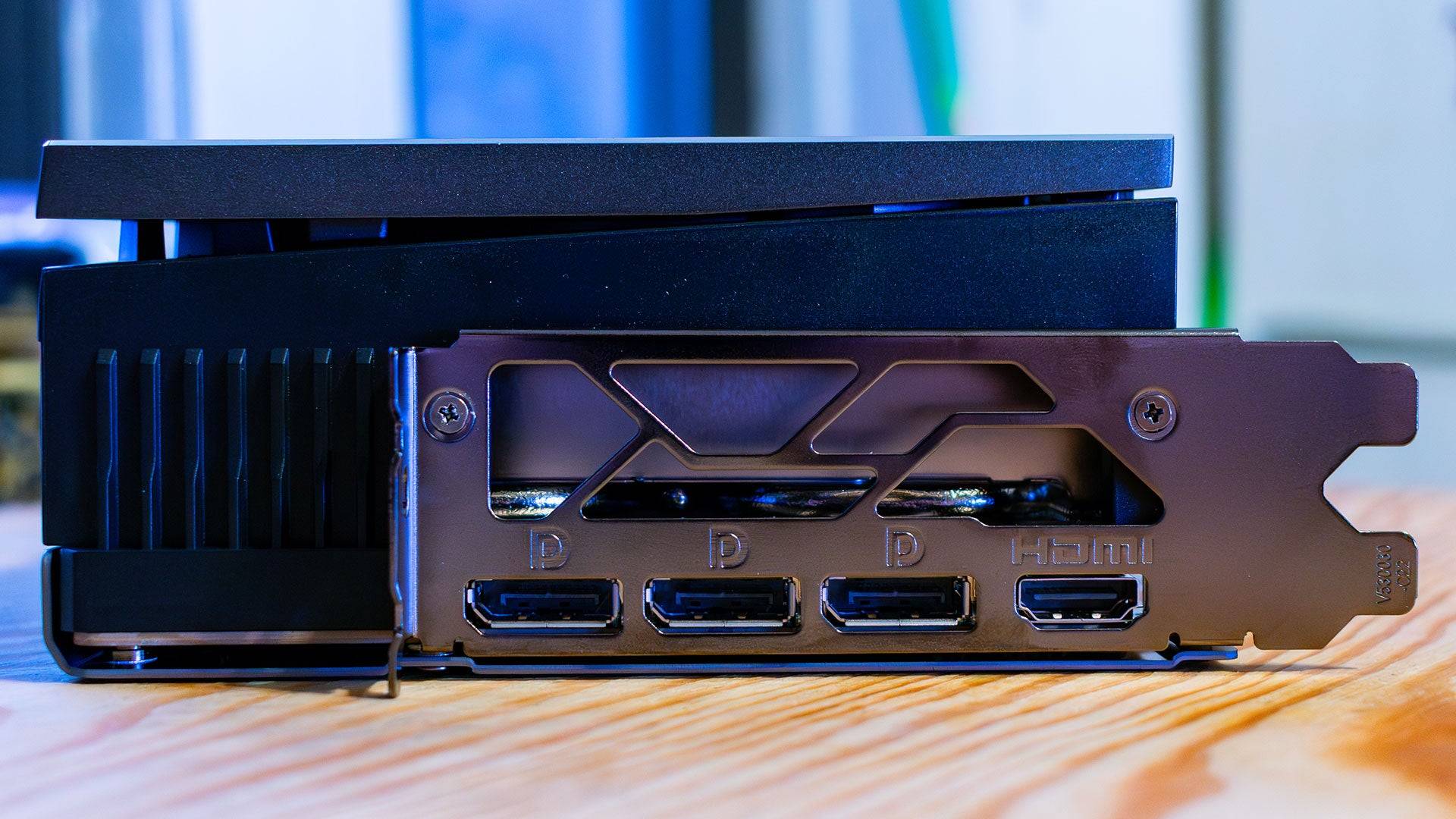

RTX 5070 Ti vs. RX 9070 XT: Software and Features
Choosing a graphics card today involves more than just hardware specs; software features play a crucial role. Nvidia's RTX 5070 Ti stands out with its DLSS suite, including AI upscaling and Frame Generation. The latest DLSS 4 introduces multi-frame generation, boosting frame rates by generating three frames for each rendered frame, though it adds some latency offset by Nvidia Reflex.
AMD's RX 9070 XT supports Frame Generation but only creates one interpolated frame per rendered frame. The significant advancement is FSR 4, which introduces AI upscaling for the first time on AMD cards. While FSR 4's upscaling is more accurate than previous versions, it's not as fast. Keep in mind that AMD's AI upscaler is in its first generation, while Nvidia's DLSS has been refined over seven years.
Winner: Nvidia GeForce RTX 5070 Ti

RTX 5070 Ti vs. RX 9070 XT: Price
GPU pricing is a contentious topic, especially with the new generation selling out and prices inflating. Both Nvidia and AMD suggest retail prices, but third-party manufacturers often set higher prices. The AMD Radeon RX 9070 XT, at its launch price of $599, offers exceptional value for 4K gaming, especially with the new FSR 4 AI upscaler. This pricing is reminiscent of earlier flagship cards before Nvidia's price escalations began with the RTX 2080 Ti.
Conversely, the Nvidia RTX 5070 Ti, with similar performance, starts at $749—a $150 increase over the RX 9070 XT. The additional cost might be justified by features like Multi-Frame Generation, but the value depends on individual gaming needs and preferences.
Winner: AMD Radeon RX 9070 XT
The Winner Is… the AMD Radeon RX 9070 XT
Both the AMD Radeon RX 9070 XT and Nvidia GeForce RTX 5070 Ti are stellar choices for 1440p and 4K gaming. However, the RX 9070 XT's ability to deliver comparable performance at a significantly lower price makes it the clear winner. As prices hopefully normalize, the RX 9070 XT emerges as the best value for building a high-end gaming PC, especially since most gamers don't yet have high-refresh 4K monitors to fully leverage multi-frame generation.







